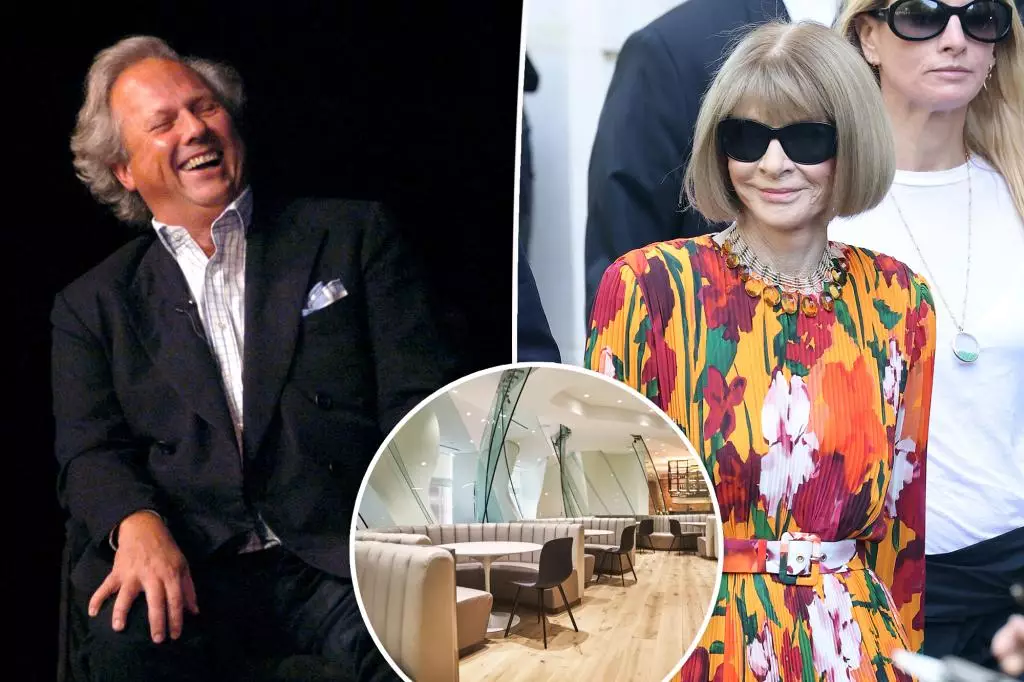Condé Nast’s legendary cafeteria is more than just a dining space; it’s a symbolic arena where prestige, innovation, and corporate dominance converge. Once hailed as the pinnacle of luxury and avant-garde design, this space represented the cultural and aesthetic aspirations of the media giant. The cafeteria’s design—featuring titanium panels, Venetian glass, and bold color accents—transformed a mundane necessity into an immersive experience that reflected the brand’s identity. Its return for a book event underscores a broader craving for the glamor and exclusivity that once defined the corporate environment, revealing society’s enduring fascination with the ritualistic displays of power.
The Myth and Reality of the Elite Space
The cafeteria’s allure was built on carefully curated aesthetics and psychological manipulation. Gehry’s architectural features, such as distorted mirrors and ceramic-lit recesses, weren’t just decorative—they were strategic, intended to foster clandestine conversations and reinforce a sense of belonging among industry insiders. This wasn’t merely a lunchroom; it was a designed environment that subtly reinforced Hierarchies, making social interactions feel like part of a larger spectacle. The expense—estimated at up to $30 million—was an investment in branding, an assertion that Condé Nast’s leadership was committed to creating an environment of unmatched sophistication.
Luxury as a Cultural Signifier
The cafeteria’s opulence was also a signifier of the company’s ambitions. It was designed to impress not only insiders but also the outside world, projecting an image of innovation and elite culture. The choice of materials—stingingly extravagant yet subtly meticulously thought out—served to elevate the mundane activity of eating into a ritual that reinforced the company’s values: exclusivity, refinement, and forward-thinking. The ban on garlic, for example, might seem trivial but points to an obsessive attention to detail in constructing an environment where every element contributed to an aura of perfection.
What Does Its Return Say About Society?
Today, the announcement of returning to such spaces isn’t merely about nostalgia; it reveals a societal longing for tangible symbols of corporate power and cultural cachet. As digital interactions increasingly dominate, the physical display of luxury and hierarchy remains potent. Condé Nast’s cafeteria represents a deliberate reclaiming of that narrative—an effort to remind us that behind the glossy veneer of media empires are spaces that function as parables of influence. The spectacle of a venerable institution re-engaging with its mythic past, despite the shift to more pragmatic spaces, points to a collective desire to connect with symbols of status and mastery in a rapidly transient landscape.
In essence, Condé Nast’s cafeteria is an embodiment of what contemporary society secretly values: the visual, tactile, and experiential markers of success. It’s not just about food; it’s about feeding a myth, a narrative that elevates the everyday into a symbol of sheer cultural prowess. As the elite return to gather in this reconstructed temple of prestige, it’s clear that edifice of luxury—constructed with care, expense, and symbolism—continues to serve as an essential cultural touchstone, reminding us of the enduring allure of status encoded in design and space.
